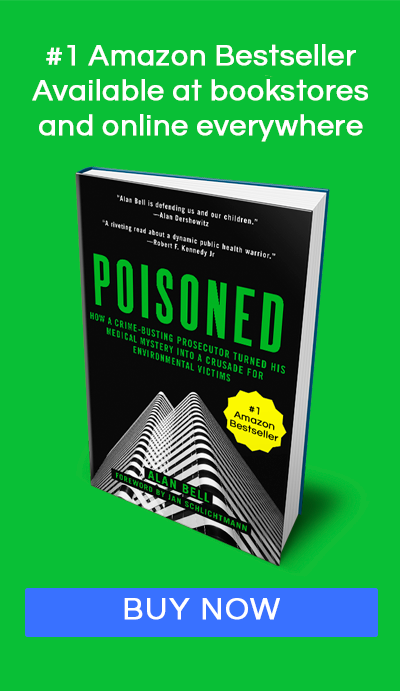We know that air pollution causes asthma and other respiratory diseases. Millions of Americans are becoming ill each year because of air pollution, and it causes one out of every twenty city deaths. Maybe you know about the rising incidence of cancer, but did you know that the National Institutes of Health have recently reported that 70 percent of all cancers can be linked to environmental pollutants?
The Guardian recently posted an article about the effects air pollution has on your health. It’s an illuminating article that claims a reduction of air pollution, “would cut rates of stroke, heart disease, lung cancer, asthma and respiratory disease.”
Another study in the Journal of Environmental Health Perspectives linked 16,000 premature births in the United States each year to air pollution. This is a costly health crisis: preterm births associated with particulate matter—a type of pollutant—led to more than $4 billion in economic costs due to medical care and lost productivity resulting from disability.
Voice of America cited a new study by Massachusetts Institute of Technology reporting that nearly 200,000 deaths in the United States alone occur each year as a result of air pollution, with most related to emissions from road transportation and electrical power generation.
Research continues to amass, yielding the same results, but we continue to breathe toxic air.
Many governments around the world legislate to clean the air we breathe, but there is much more work to be done.
Unfortunately, it’s not as easy as spending more time indoors. Indoor air quality is affected as well, and since we spend ninety percent of our time indoors on average, it’s alarming to know that pollutants are up to five times higher inside.
You can easily take steps to control indoor pollution. For starters, when painting your home, always use zero VOC paint. All furniture should be made of solid wood, instead of formaldehyde laced particleboard. Your bed should not contain flame retardants in it. Flooring should be solid wood or tiles, instead of toxic carpeting. Pesticides should never be used indoors. The Guardian article cites that, “those who use solid fuels such as wood and charcoal in cooking and heating, [as well as those using] wood-burning stoves” are exposed to higher risk. I’ve mentioned before that we can use ozone-free HEPA air purifiers, or a HEPA-filtered unit when vacuuming, and regularly opening the windows in your house to let fresh air dilute pollutants is beneficial.
The problem is immense, but change is possible. Awareness if the first step toward positive change.
Check out these sites to learn if you are breathing toxic air:


